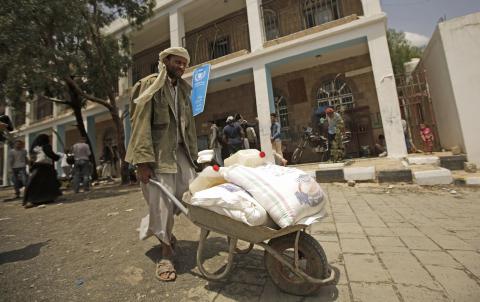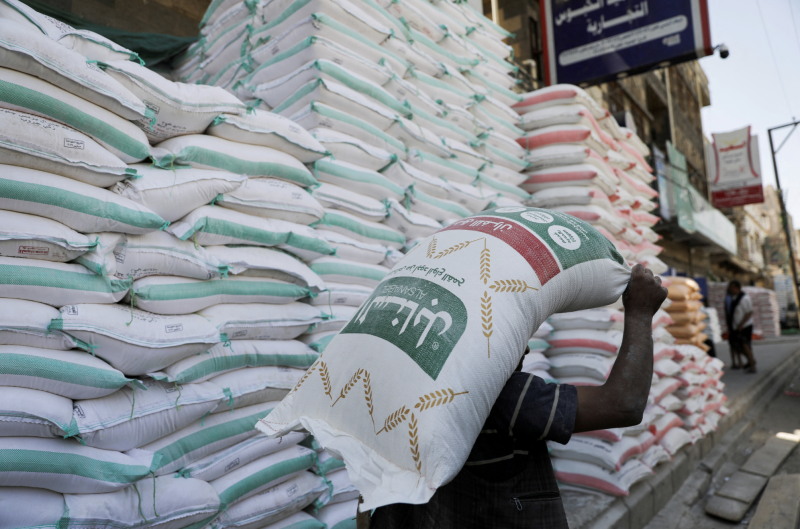Arab coalition cleared of rights violations in Yemen


The Joint Incidents Assessment Team (JIAT) of the Arab coalition for Yemen has investigated four cases that were reported in the media. It found that the rules of engagement had been followed by the coalition for Yemen in each case.
The JIAT reiterated its commitment of transparency while presenting its findings in the submitted cases, and it revealed details in a professional and fact-based way.
Addressing a press conference in Riyadh on Wednesday, JIAT spokesman Mansour Al-Mansour said: “In one case, it was claimed that a military vehicle of the Houthi militia was targeted in front of a restaurant in Zabid, Hodeidah governorate, on Jan. 3, 2018.”
He said the JIAT investigated the incident and reviewed all documents, including procedures and rules of engagement, daily mission schedule, after-mission report, satellite images, provisions and the principles of International humanitarian law and its customary rules, as well as an assessment of evidence. It found that on the alleged date, the coalition forces did not carry out any aerial missions in Zabid, and that the nearest military target that was hit by the coalition on the date of the claim was in Al-Khokhah directorate, about 41 km away from Zabid.
Referring to another case, he said it was claimed that coalition forces had targeted the Mothalath Ahim market in Hajjah governorate on July 4, 2015.
The JIAT investigated the incident and found that Mothalath Ahim, which is 16 km from the international borders of Saudi Arabia, was at the time of the military operation under the control of the Houthi armed militia and the former president’s forces.
Intelligence reports confirmed the discovery of a ballistic missile inside a hangar in a semi-isolated location. There were gatherings of Houthi armed militia and the former president’s forces, and military vehicles at Mothalath Ahim, which was considered a legitimate military target, based on Article 52, Paragraph 2 of the First Additional Protocol to the Geneva Conventions. Moreover, the coalition forces took all feasible precautions by studying and defining the target’s environment, using a guided bomb that was commensurate with the target, and minimizing collateral damage while achieving the desired military advantage of the military based on Rule No. 17 of the customary international humanitarian law.
In another case it was claimed that the coalition forces had targeted a house in Talan, Kushar, directorate of Hajjah governorate on March 10, 2019.
Al-Mansour said the coalition forces units had detected through reconnaissance a vehicle carrying Houthi armed militia fighters. It was confirmed by ground elements that the fighters got out of that vehicle and entered a building in Jabal Talan, which was considered to be a legitimate military target.
In fourth case, it was claimed that a house was targeted in Midi directorate of (Hajjah) governorate on April 22, 2018.
The JIAT investigated the incident and found that the coalition forces observed gatherings of Houthi militias and a ballistic missile launcher in the area of operations concealed in an isolated area. The coalition forces therefore carried out an air mission against these two targets. The JIAT found that coalition forces had not targeted a civilian house in Midi directorate as alleged.

Aden — Yemen Airways has announced new updates to its ticket cancellation (VOID) policy, introducing financial penalties on travel agents in…

Geneva – The United States announced that Yemen will not be among the countries benefiting from a new $2 billion funding pledge for United Na…

Paris — The French humanitarian organization Acted announced that it has delivered cash assistance to nearly 89,000 people affected by displa…